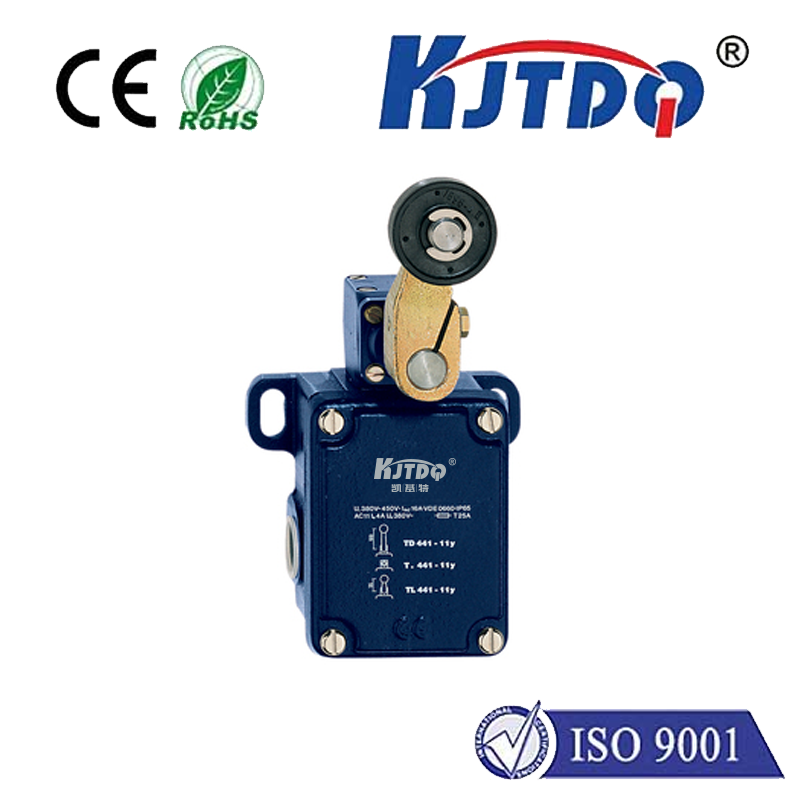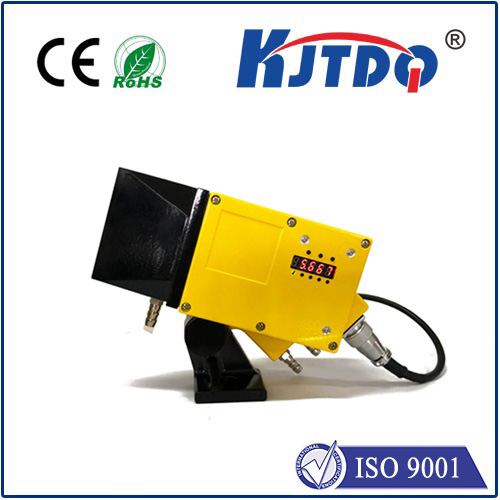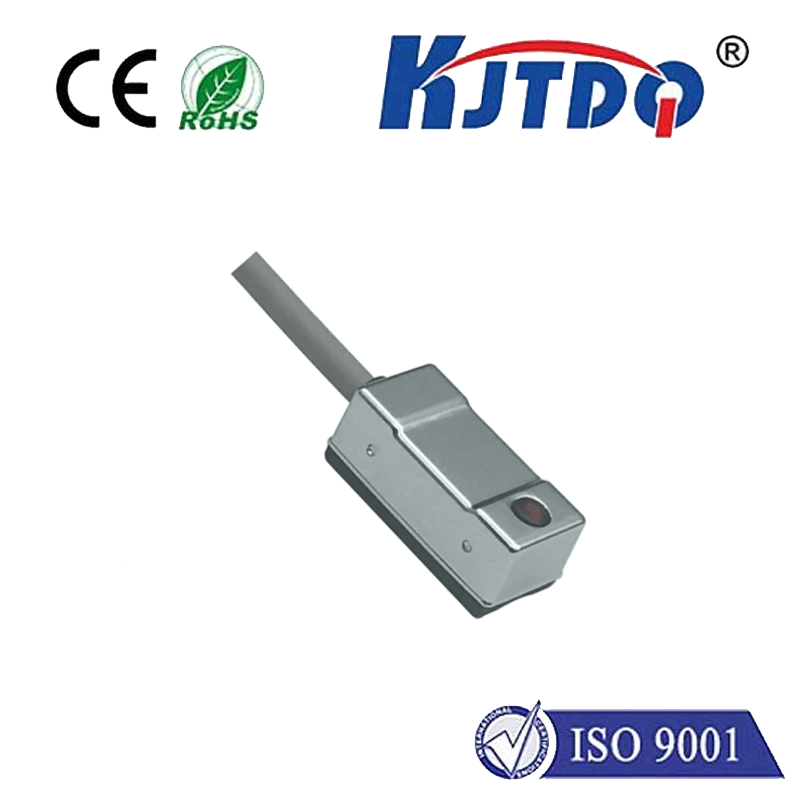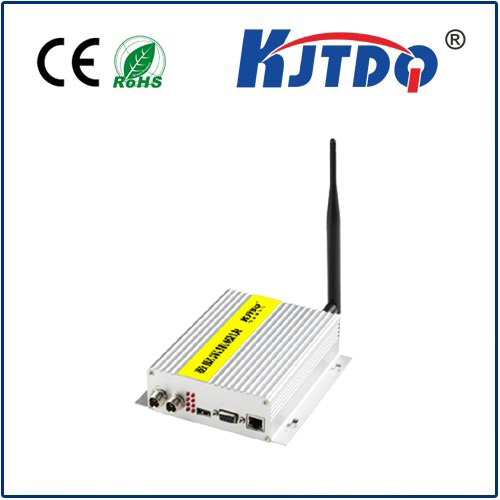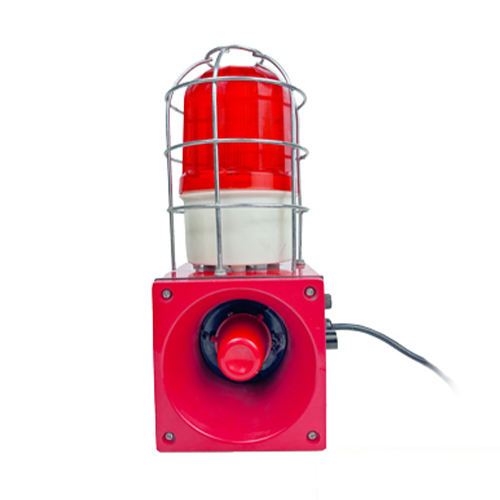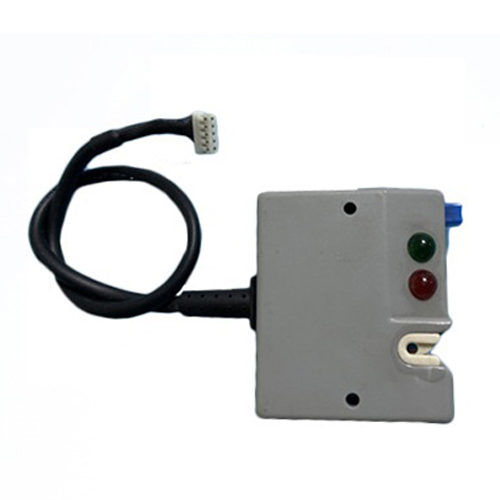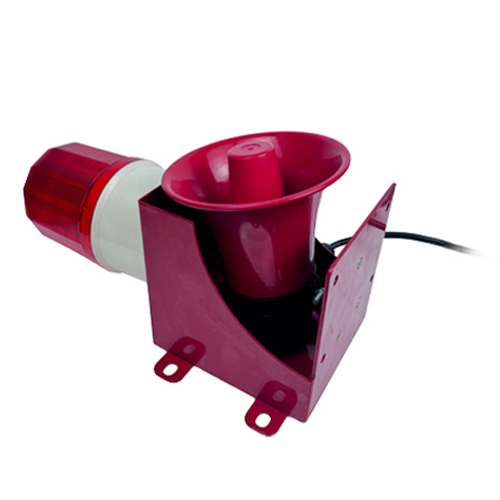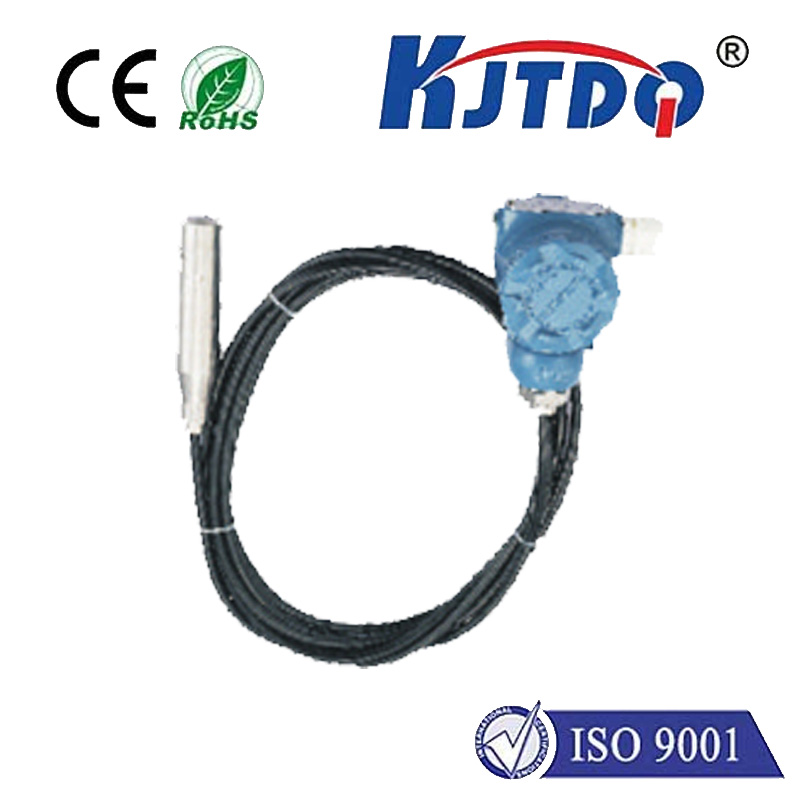

check

check

check

check

check

check

check

check

check

check
Beyond basic switches and physical triggers lies a world where machines perceive their surroundings intelligently. Proximity sensors are the unsung heroes enabling this awareness, detecting nearby objects without physical contact. But what happens when we elevate this capability with symbolic systems? This fusion creates “Symbol Proximity Sensors” – not a single physical device, but a powerful technological approach where proximity detection seamlessly integrates with symbolic programming and communication, driving efficiency and intelligence across countless applications.
Gone are the days when sensing merely triggered a simple on/off response. Today’s industrial and technological landscape demands more: context, data interpretation, and the ability to trigger complex sequences. Imagine a sensor not just detecting the presence of a pallet on an assembly line, but instantly communicating what that pallet represents (e.g., “Widget A - Final Assembly Ready”) to the central control system using predefined symbols or tags. This is the essence of symbol integration with proximity sensing.
How Symbolic Systems Enhance Proximity Detection
At their core, proximity sensors are marvels of non-contact detection. Common types include:

While these sensors excel at the fundamental task of object sensing, their true potential is unlocked when their output isn’t just a voltage signal, but rich, symbolic information. This is achieved through integration with:
Conveyor1_PartPresent or TankLevel_High) within its program logic.The Tangible Benefits: Why Symbol Integration Matters
Integrating proximity sensing with symbolic systems delivers significant advantages:
"Main_Conveyor_Entry_Blocked". This symbolic representation makes identifying the nature and location of a problem dramatically faster, reducing costly downtime. Understanding the context is half the battle won.Robot_Cell_Safety_Gate_Closed) in control logic is infinitely more intuitive and less error-prone than referencing obscure physical addresses (e.g., Input Card 3, Channel 7). Programs become self-documenting and easier to maintain."Oven_Temperature_High_Limit" or count occurrences of "Packaging_Station_Jam", enabling predictive maintenance and process optimization.Where Symbolic Proximity Sensing Shines
This powerful combination is ubiquitous in modern automation:
Part_Type_A_Arrived), confirming robotic tooling changes (Tool_Changer_Locked), ensuring machine guarding safety (Safety_Curtain_Intact), and verifying jig/pallet positioning (Fixture_Clamped).Sorting_Chute_1_Loaded), verifying pallet position in automated storage (Rack_Slot_5A_Occupied), and confirming AGV docking status (Charging_Station_Engaged).Panel_Correct_Position), confirming fluid levels in tanks (Coolant_Level_OK), and detecting vehicles on test beds (Test_Cycle_Ready).Cap_Missing_Alarm), detecting filled containers (Filling_Complete), and confirming case sealing (Case_Sealed).Main_Entrance_Door_Open), detecting occupancy for lighting control (Conference_Room_Occupied), and managing elevator car levels (Car_At_Floor_3).The Future: Intelligence Amplified
The evolution continues towards even smarter systems. IO-Link, a pivotal communication standard, acts as a gateway, transforming standard sensors into intelligent devices. It allows bidirectional communication, enabling remote parameter configuration (sensitivity, output mode) and providing rich diagnostic data alongside the sensor’s core detection status, all communicated symbolically. Imagine an inductive sensor not just signaling “metal present,” but reporting “Metal Detected - Target Type 304 Stainless at 8mm distance; Operating Temp: 42°C.” This unprecedented level of detail, integrated symbolically, fuels predictive maintenance and deeper process insights. Furthermore, proximity sensors are fundamental building blocks feeding data into Industrial Internet of Things (IIoT) ecosystems. Their symbolic output becomes vital data points for cloud analytics, driving continuous improvement and smart factory initiatives.
Proximity sensors provide the fundamental eyes and touch for machines. Symbolic integration provides the language and context. By bridging the gap between raw detection and meaningful information, symbol proximity sensor systems transform simple presence/absence signals into actionable intelligence. They enhance reliability, boost efficiency, simplify complexity, and pave the way for smarter automation. In a world increasingly driven by data and interconnected systems, the ability to sense and signify is no longer a luxury; it’s the bedrock of modern industrial intelligence and operational excellence. The silent detection of the proximity sensor, amplified by the clarity of symbols, truly propels automation into a new era of understanding and control.
